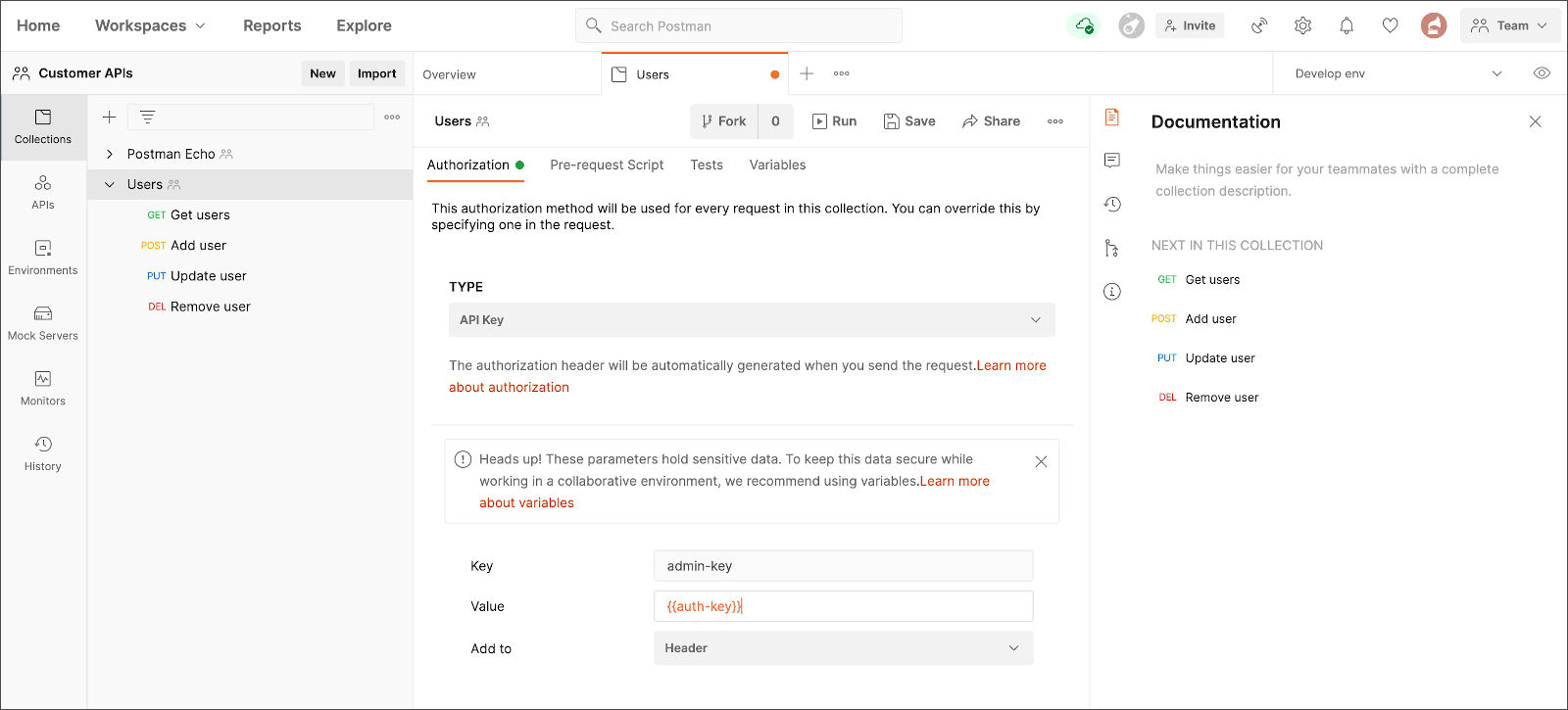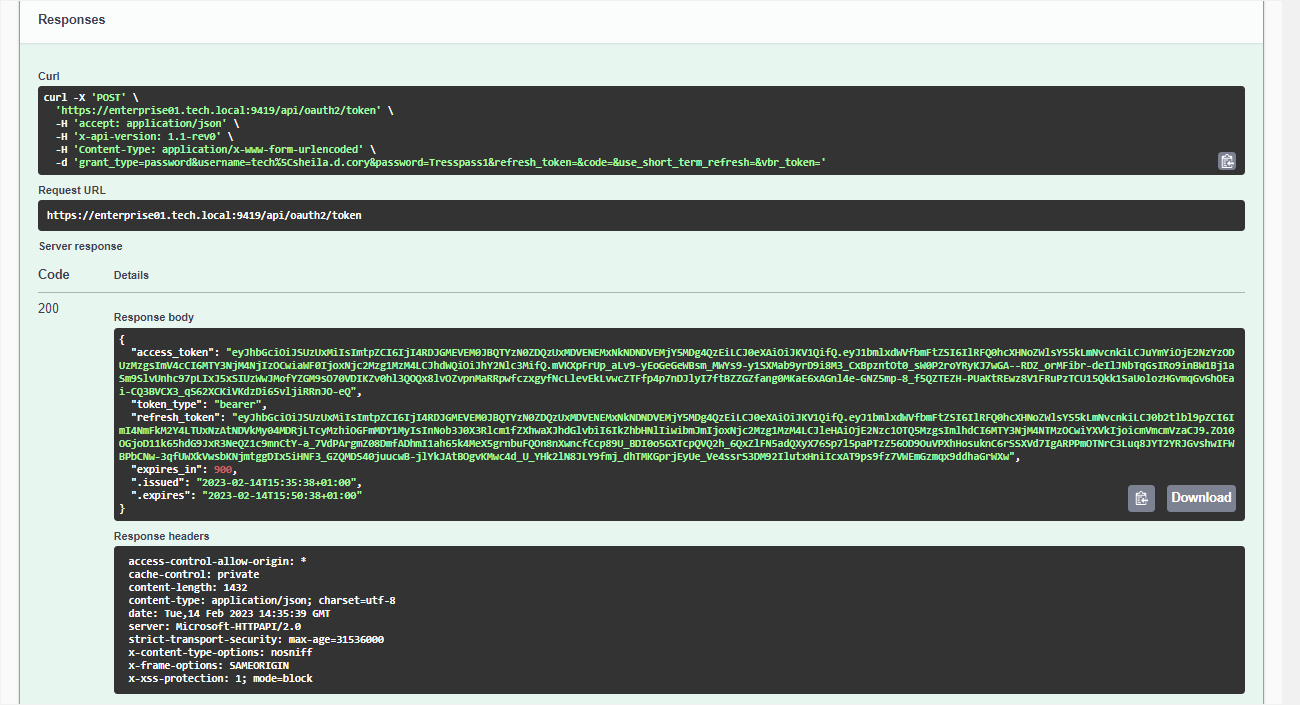

Assuming a fix against the AS Mix-Up Attack in place, the security of OAuth 2.0 has been proven under strong attacker models using formal analysis. This prompted the creation of a new best current practice internet draft that sets out to define a new security standard for OAuth 2.0. This analysis revealed that in setups with multiple authorization servers, one of which is behaving maliciously, clients can become confused about the authorization server to use and may forward secrets to the malicious authorization server (AS Mix-Up Attack). OAuth 2.0 has been analyzed using formal web protocol analysis. Among the threats outlined is one called "Open Redirector" in early 2014, a variant of this was described under the name "Covert Redirect" by Wang Jing. In January 2013, the Internet Engineering Task Force published a threat model for OAuth 2.0. Version 1.0a of the OAuth Core protocol was issued to address this issue. It affects the OAuth authorization flow (also known as "3-legged OAuth") in OAuth Core 1.0 Section 6.

On 23 April 2009, a session fixation security flaw in the 1.0 protocol was announced.
Get access token office for mac code#
The OAuth 2.1 Authorization Framework is in draft stage and consolidates the functionality in the RFCs OAuth 2.0, OAuth 2.0 for Native Apps, Proof Key for Code Exchange, OAuth 2.0 for Browser-Based Apps, OAuth Security Best Current and Bearer Token Usage. Oauth 2.0 was published as RFC 6749 and the Bearer Token Usage as RFC 6750, both standards track Requests for Comments, in October 2012. Albeit being built on the OAuth 1.0 deployment experience, OAuth 2.0 is not backwards compatible with OAuth 1.0. The OAuth 2.0 framework was published considering additional use cases and extensibility requirements gathered from the wider IETF community. Since 31 August 2010, all third party Twitter applications have been required to use OAuth. The OAuth 1.0 protocol was published as RFC 5849, an informational Request for Comments, in April 2010. The event was well attended and there was wide support for formally chartering an OAuth working group within the IETF. Īt the 73rd Internet Engineering Task Force (IETF) meeting in Minneapolis in November 2008, an OAuth BoF was held to discuss bringing the protocol into the IETF for further standardization work. On 4 December 2007, the OAuth Core 1.0 final draft was released. Eran Hammer joined and coordinated the many OAuth contributions creating a more formal specification. In July 2007, the team drafted an initial specification. DeWitt Clinton from Google learned of the OAuth project, and expressed his interest in supporting the effort. The OAuth discussion group was created in April 2007, for the small group of implementers to write the draft proposal for an open protocol. They concluded that there were no open standards for API access delegation. Cook, Chris Messina and Larry Halff from Magnolia met with David Recordon to discuss using OpenID with the Twitter and Magnolia APIs to delegate authentication. Meanwhile, Ma.gnolia needed a solution to allow its members with OpenIDs to authorize Dashboard Widgets to access their service.

OAuth began in November 2006 when Blaine Cook was developing the Twitter OpenID implementation. The OAuth logo, designed by American blogger Chris Messina


 0 kommentar(er)
0 kommentar(er)
